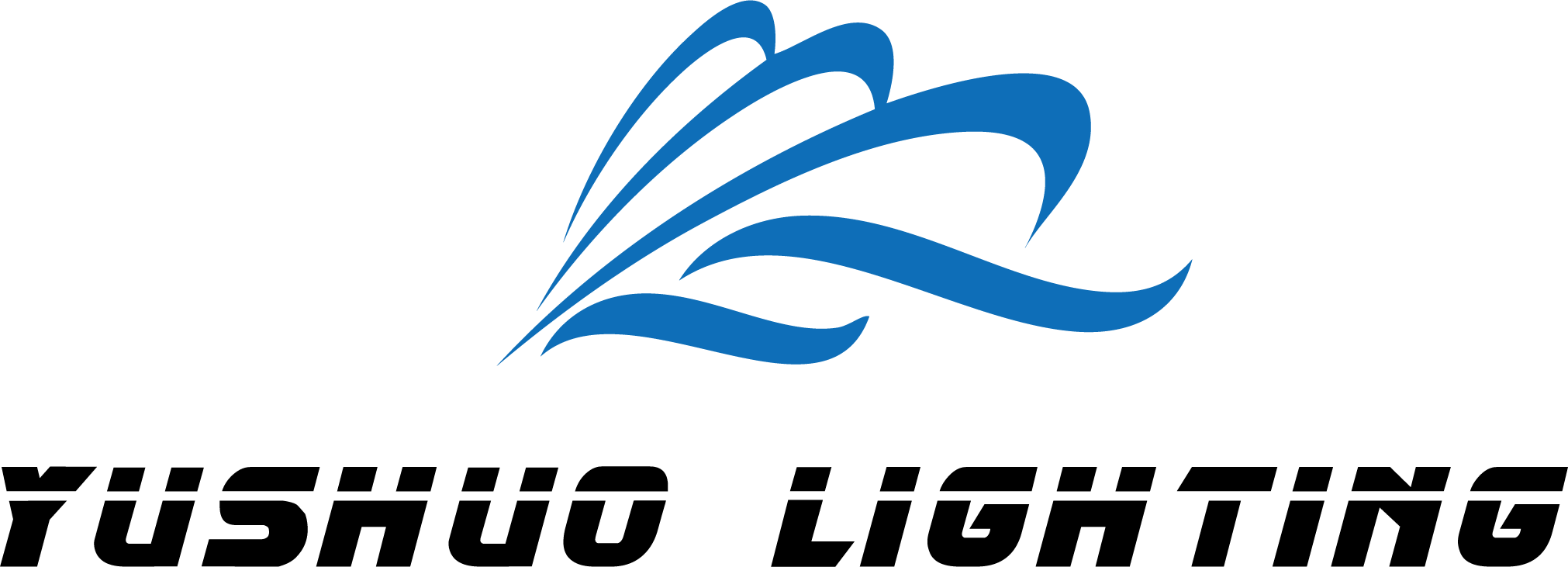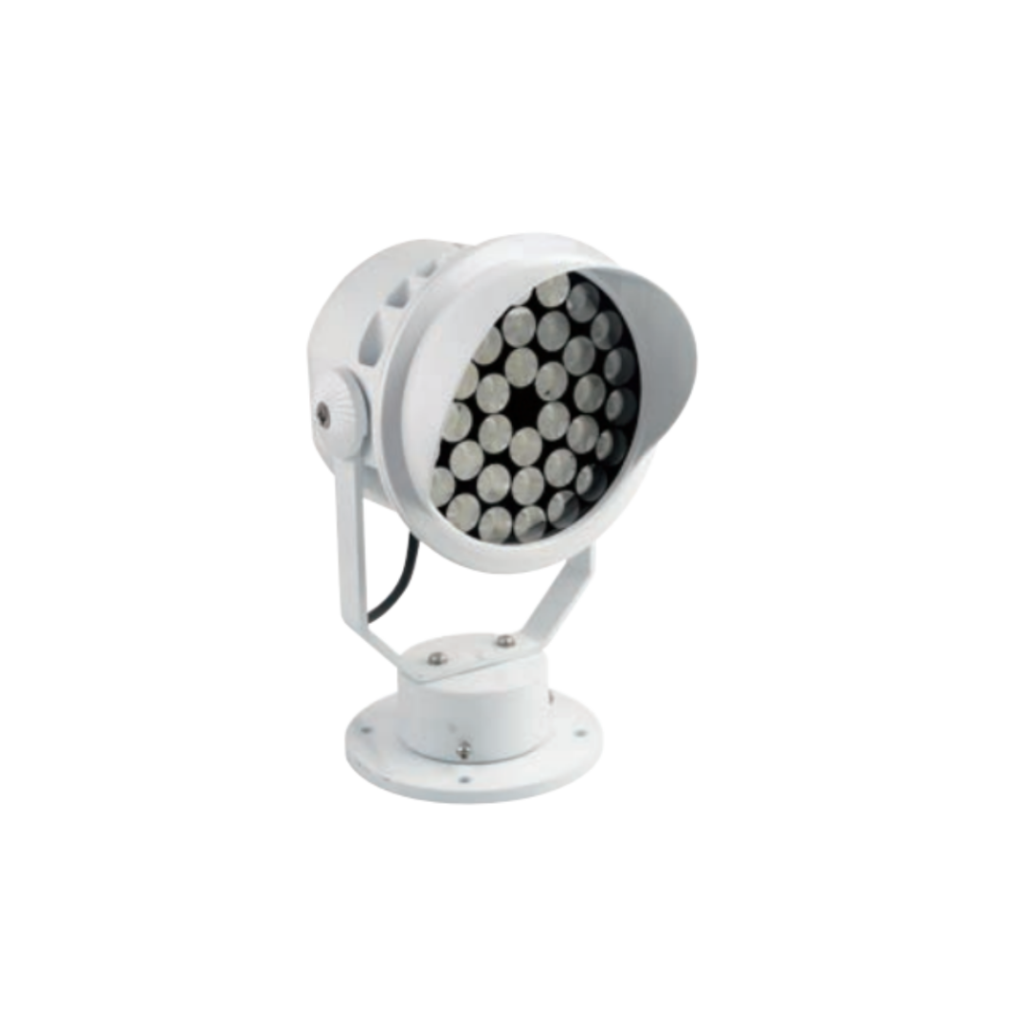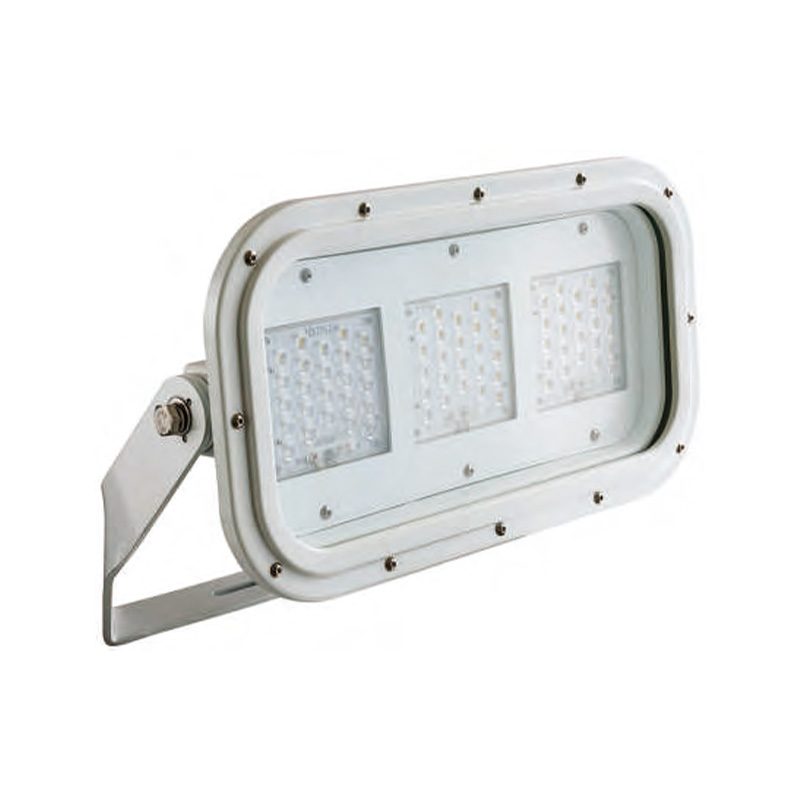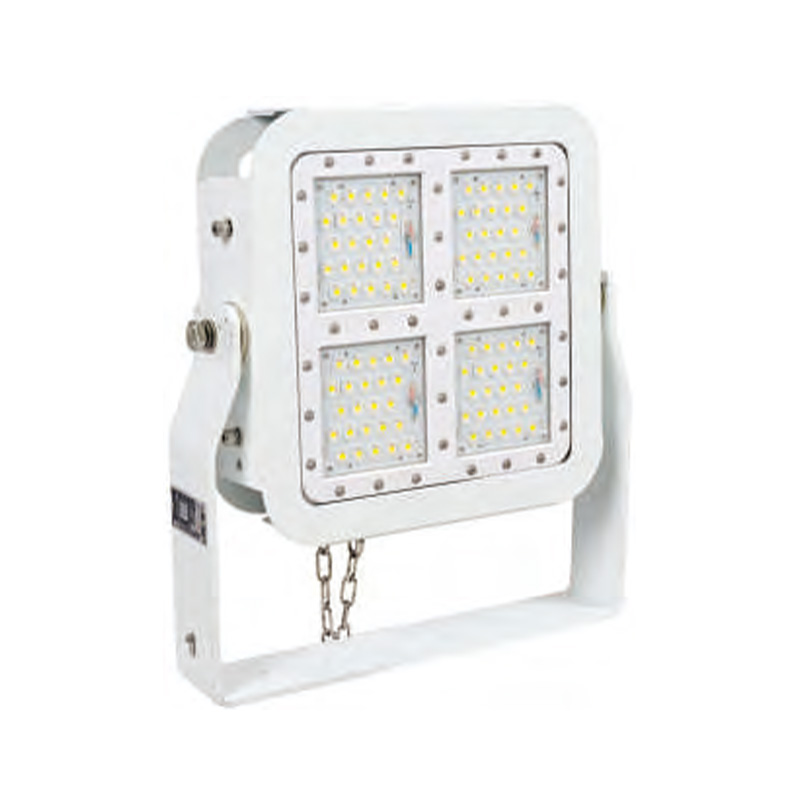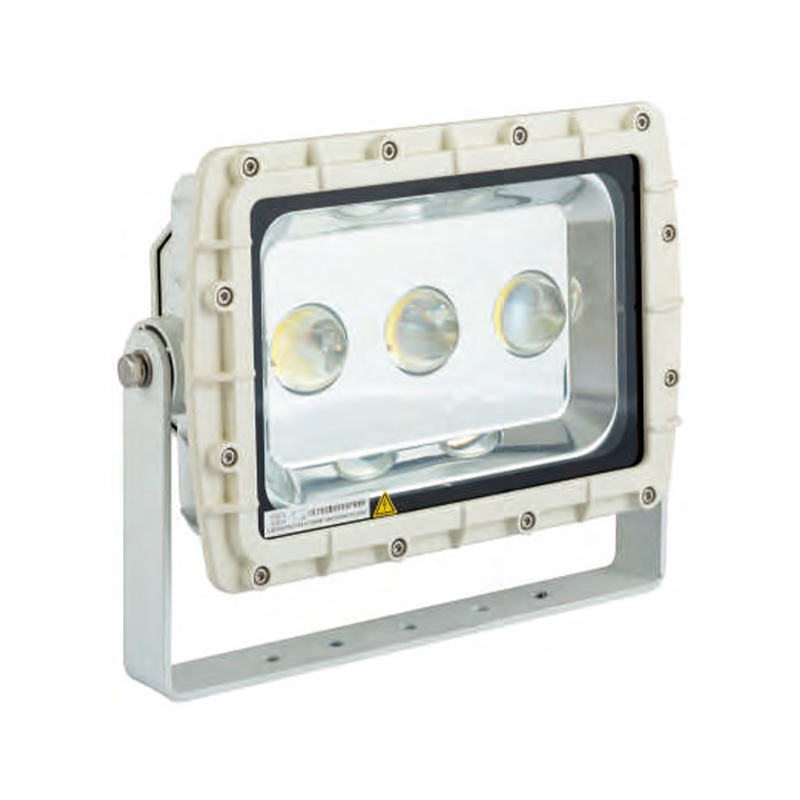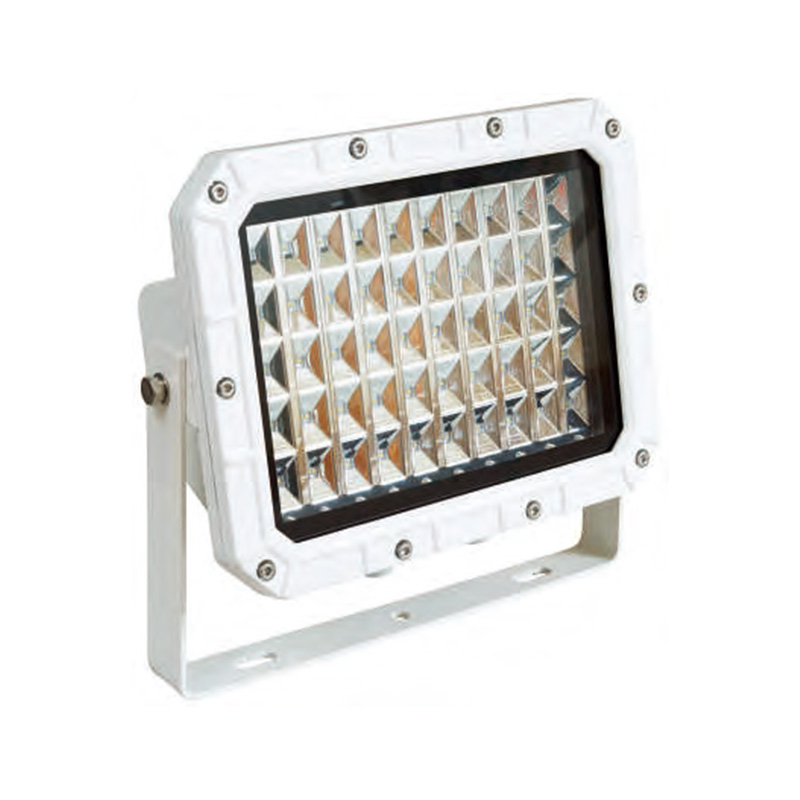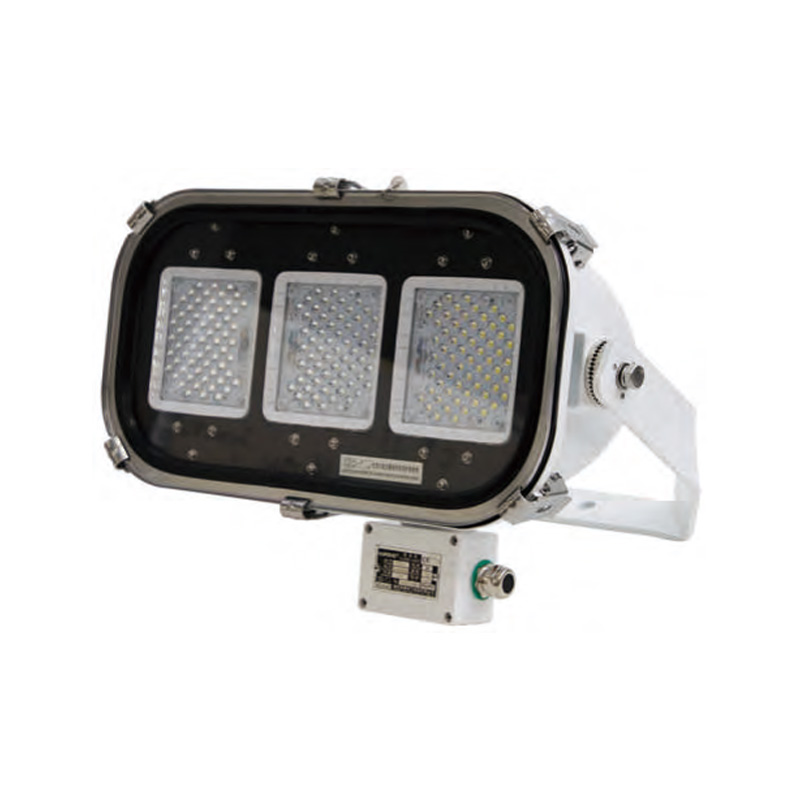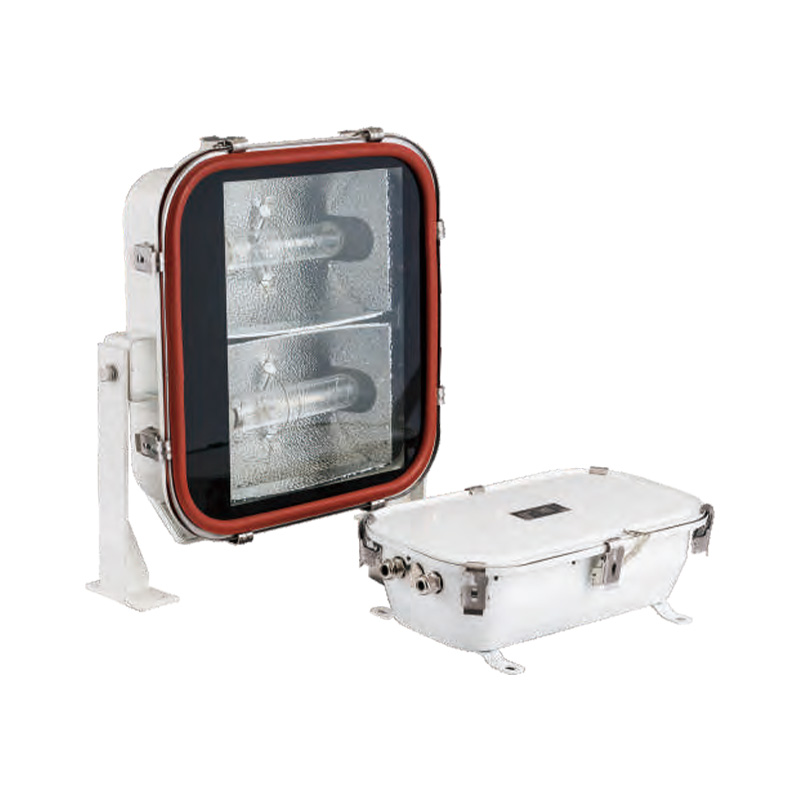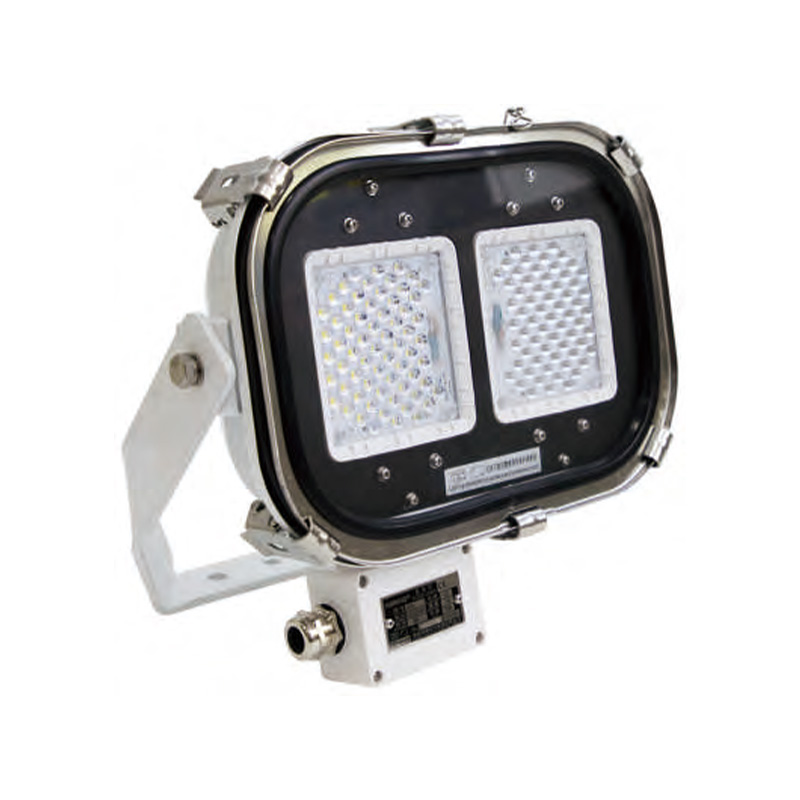The Emergence of High-efficiency LED Chips Has Completely Changed Marine Searchlights
The marine environment is complex and ever-changing, and ships rely heavily on powerful and reliable lighting, especially in low-visibility conditions, search and rescue operations, docking, and nighttime navigation. In recent years, the widespread adoption of high-efficiency LED chips has significantly upgraded the capabilities of marine searchlights. This represents more than just an incremental improvement; it represents a revolutionary transformation.
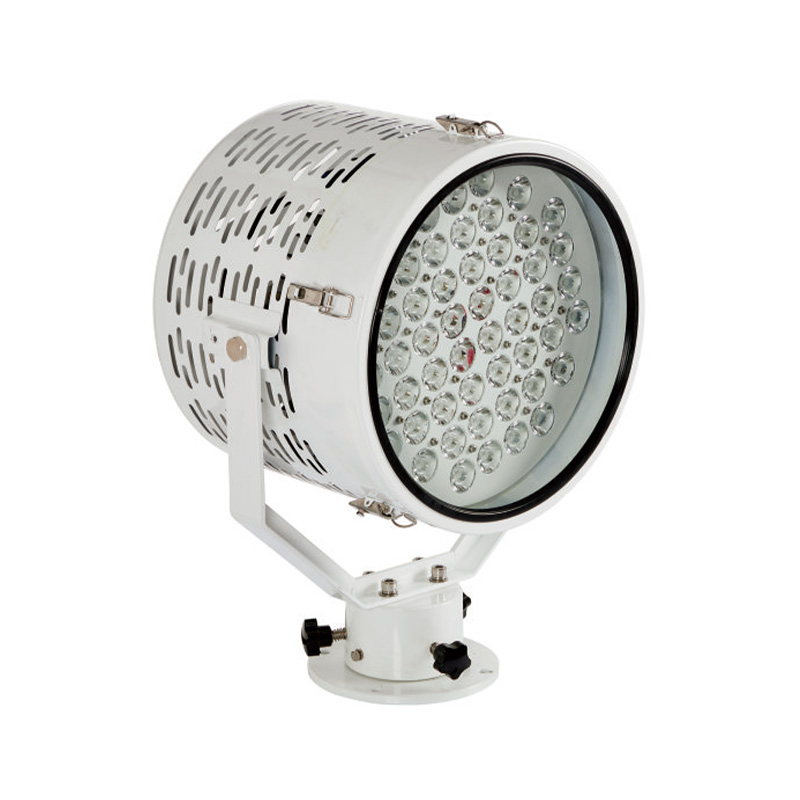
Table of Contents
Characteristics of High-efficiency LED Chips
High-efficiency LED chips are the core technology behind modern marine LED searchlights. They enable lights to deliver more brightness while using less power, last longer, and perform reliably in harsh marine environments.
Key Features Analysis
| Feature | Specific Performance / Requirement | Significance for Marine Searchlights / Marine Environment |
| High Efficiency / High Lumen-per-Watt (lm/W) | Achieves high lm/W under normal driving current (non-overload), e.g., ≥ 150 lm/W | Provides more light output for the same power, or reduces power consumption for the same brightness, lowering the load on ship electrical systems |
| Low Thermal Resistance / Excellent Thermal Management | Optimized chip structure (substrate, packaging, thermal paths) to maintain low junction temperature under high temperatures | On-deck and near-wave conditions often limit heat dissipation; high junction temperatures can reduce efficiency and accelerate light decay |
| Good Lumen Maintenance / Lifespan / Flux Stability | Light output declines slowly over long operation (e.g., L70 lifetime over 50,000 hours) | Ships have long operating cycles and high maintenance costs; more durable chips significantly reduce operational burdens |
| Stability / Driver Compatibility | Stable performance under varying current/voltage (linear or near-linear response), capable of partial current adjustment | Searchlights often require dimming, mode switching, or energy-saving operation, demanding high linearity and response stability |
| Environmental / Aging Resistance | Designed to resist heat, humidity, vibration, thermal cycling, and voltage fluctuations | Marine environments are harsh (salt spray, waves, temperature changes); chips must operate reliably under these conditions |
| Packaging / Optical Extraction Optimization | Optimized lenses, reflectors, and optical structures to minimize internal light loss and increase external output | Searchlights rely on long-range projection and beam control; higher chip extraction efficiency reduces downstream optical losses and improves overall performance |
Points to Note When Using High-efficiency LED Chips
| Challenge / Constraint | Description | Implications for Marine LED Searchlights |
| Driving Current vs. Efficiency Drop | Maximum efficiency often occurs at medium driving currents, not at maximum. Over-driving can increase total luminous flux but reduce efficiency. | Over-driving searchlights may produce more light temporarily but reduces energy efficiency and can shorten chip lifespan. |
| Thermal Management Impact | Even well-designed chips lose efficiency if fixture heat dissipation (housing, heat sinks, thermal paths) is inadequate, causing high junction temperature. | Poor heat management accelerates light decay and reduces lifespan in marine environments. |
| Packaging / Optical Losses | Chip light extraction efficiency, lens, reflector design, and material absorption/reflection can all reduce total system output. | Downstream optical losses affect beam quality and maximum illumination distance. |
| Data vs. Actual System Efficiency | Rated high lm/W under standard test conditions does not guarantee same efficiency in full lighting system (drivers, temperature effects, optical losses). | System-level design (power supply, optics, heat management) determines actual performance. |
| Aging / Driver Stability | High-efficiency designs may be less stable under extreme conditions (high temperature, pulse driving) compared to more conservative designs. | Searchlights may experience light fluctuations or faster degradation under harsh marine operating conditions. |
How High-Efficiency Chips Change Marine Searchlights
The widespread application of high-efficiency LED chips has inspired many marine searchlight manufacturers. Searchlights integrated with high-efficiency LED chips perform brighter, consume less energy, and have a longer service life than traditional LED searchlights in actual applications. These changes have greatly reduced shipowners’ operating and maintenance costs.
Provides Longer Searchlight Beam Distance
High-efficiency chips, paired with carefully engineered lens and reflector systems, significantly improve beam concentration. Yushuo YS-T2L searchlights can achieve beam ranges exceeding 1000 meters, making them ideal for patrolling, navigation, and offshore operations. The increased distance allows ships to detect obstacles or other vessels earlier, enhancing operational safety during night or low-visibility conditions.
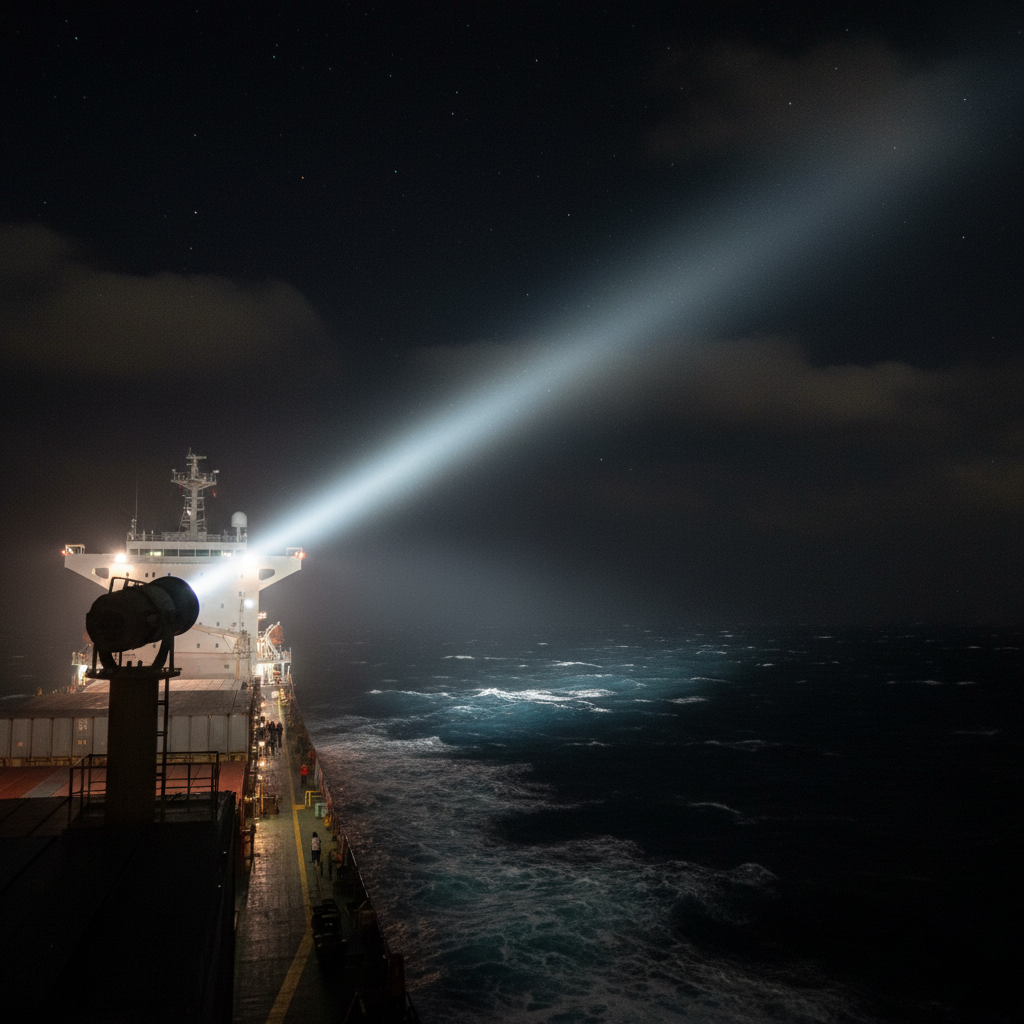
Energy Conservation and Emission Reduction
High-efficiency LEDs convert more electrical energy into light, which reduces overall power consumption. This aligns with IMO’s Energy Efficiency Design Index (EEDI) requirements for maritime emissions. For shipowners, this means lower fuel usage, reduced operational costs, and a stronger environmental profile—especially important for companies aiming to meet sustainability goals.
Reduced Maintenance Costs
With a long operational lifespan (often exceeding 50,000 hours) and stable performance under harsh marine conditions, high-efficiency chips minimize the frequency of replacements. Yushuo marine searchlights are designed for durability against vibration, saltwater, and extreme temperatures, reducing downtime and operational risk caused by lamp failures.
Support for Smart Control and Multi-Mode Operation
High-efficiency LED chips are highly compatible with electronic control systems, including dimming, remote operation, and multi-mode switching. Yushuo CXD7 searchlights can be integrated with shipboard control networks, allowing operators to adjust beam intensity, switch between wide or focused beams, or operate multiple searchlights simultaneously with ease.
In summary: High-efficiency LED chips in Yushuo marine searchlights not only improve illumination distance and safety but also reduce energy consumption, maintenance needs, and operational risks. For shipowners, this technology represents a cost-effective, environmentally friendly, and high-performance lighting solution that enhances both navigational safety and vessel efficiency.
Supporting Evidence from the IMO Report
Lighting accounts for 3–5% of a ship’s total energy consumption, according to the IMO. This includes deck lights, cabin lights, and navigation lighting. With the arrival of high-efficiency LED chips, the same level of brightness can now be achieved using less than half the power.
For shipowners, this is more than just a small improvement—it directly reduces fuel costs, lowers greenhouse gas emissions, and helps vessels meet IMO’s Energy Efficiency Design Index (EEDI) requirements. In other words, the adoption of high-efficiency LED chips is a game-changer for marine lighting, transforming not just the performance of searchlights but also the overall energy profile of modern ships.
Future Technological Trends of Marine Searchlights
The emergence of high-efficiency LED chips marks the beginning of a new era for marine searchlights. As chip performance improves and optical designs become more advanced, searchlights are becoming smarter, more efficient, and more adaptable to real-world conditions.
In the near future, marine lighting systems will be able to connect with ship-wide monitoring networks, enabling predictive maintenance, energy optimization, and automated control. At the same time, adaptive beam shaping will allow lights to focus precisely where they are needed, improving safety and operational effectiveness during navigation and emergency operations.
Combined with longer lifespans and improved thermal management, these advancements will significantly reduce maintenance and replacement costs, making marine lighting more reliable and cost-effective.
By embracing these trends, shipowners can achieve safer navigation, lower operational costs, and better environmental compliance, fully realizing the advantages of cutting-edge marine lighting technology.
Conclusion
The introduction of high-efficiency LED chips has redefined marine searchlights. Modern Yushuo searchlights equipped with these chips are brighter, more energy-efficient, longer-lasting, and smarter than ever before. From extended beam distance to reduced fuel consumption, improved safety, and lower maintenance costs, the benefits are clear.
For shipowners, adopting high-efficiency LED technology is no longer optional—it is a strategic move that enhances both operational performance and environmental responsibility, representing a true transformation in marine lighting.
